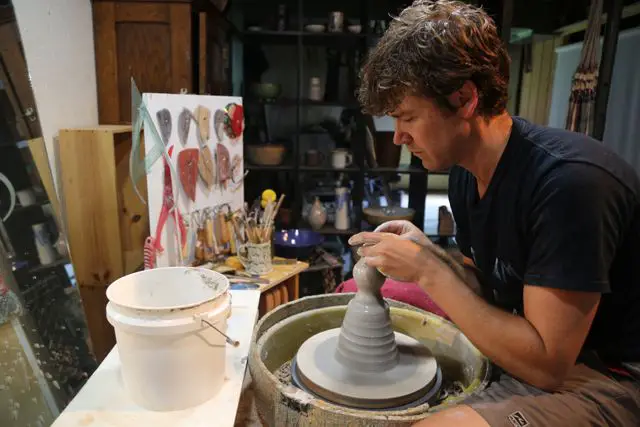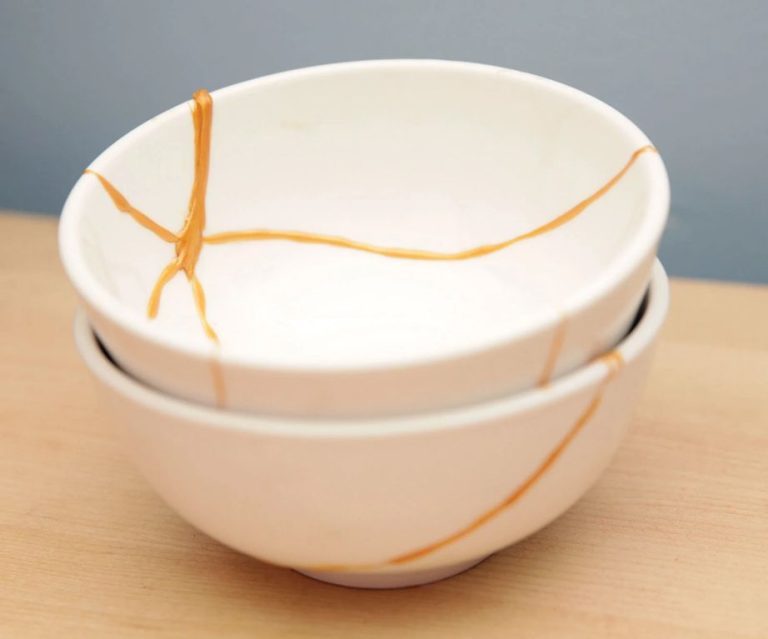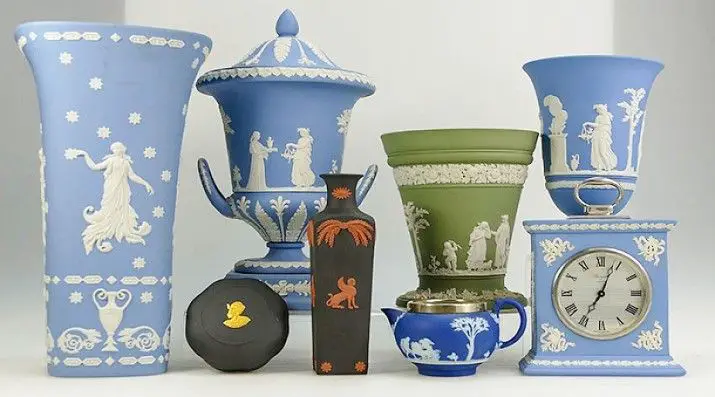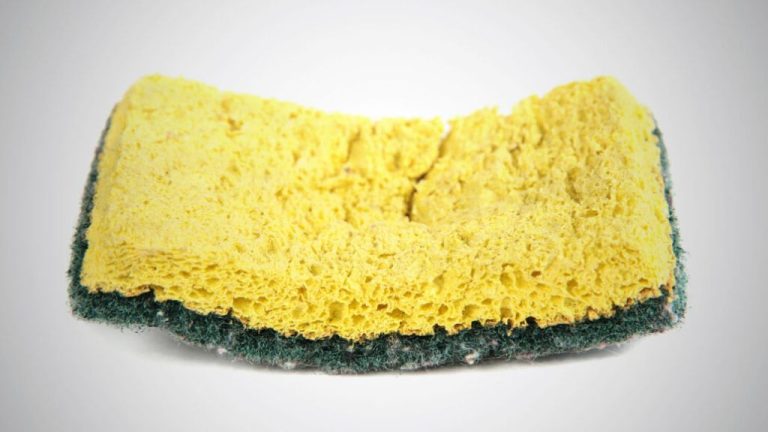Who Owns The Pottery Studio?
The pottery studio in question is located in Atwater Village, California, part of the greater Los Angeles area. Founded in 2015 by owner and chef Marshall Blair, The Pottery Studio began as a small workspace where Blair could create plates, bowls, and other pieces for use in his restaurants. Over the years, the studio has grown into a hub for local ceramic artists to create functional pottery as well as more sculptural and artistic works. Today, The Pottery Studio operates as both a working studio space for potters as well as offering classes and workshops for the community. Their location in Atwater Village provides convenient access for artists in northeast Los Angeles while retaining a quaint, neighborhood feel.
Founding
The Anytown Pottery Studio was originally founded by Amanda Jones, a passionate potter who had been creating pottery since her childhood days. As mentioned on the studio’s website, Amanda first began dabbling in pottery at age 10 when she took a summer camp class. She quickly fell in love with the artform and spent years perfecting her craft.
After graduating from college with a degree in Fine Arts, Amanda decided to turn her passion into a business. In 1992, she opened the doors of Anytown Pottery Studio in Main Street, Anytown. The quaint studio offered pottery classes, hosted events, and sold Amanda’s handmade pottery. Through many years of hard work, Amanda built the studio into a thriving local business and a respected name in Anytown’s art community.
Ownership History
The Pottery Studio was originally founded in 1956 by ceramicist John White. John was a World War 2 veteran who studied pottery after returning from the war. He purchased a small warehouse space in Atwater Village and began making functional pottery and teaching classes.

In 1975, John decided to retire and sold The Pottery Studio to his star pupil and assistant Alan Green. Alan expanded the studio, added more equipment like wheel throwing stations and kilns, and began selling the pottery locally. Under Alan’s leadership throughout the 80s and 90s, The Pottery Studio became well known in the Los Angeles arts community.
When Alan retired in the early 2000s, ownership changed hands several times between former students and employees of the studio. In 2015, restaurateur and novice pottery enthusiast Marshall Blair purchased The Pottery Studio. Marshall moved the studio to its current larger Culver City location and focused on growing the business through expanded classes, workshops, and online sales.
Today, Marshall Blair remains owner and operator of The Pottery Studio. Though the location and scale have changed over its 65 year history, the studio remains committed to handmade functional pottery and ceramic arts education. (Source: https://thepotterystudio.com/pages/about)
Current Owner
The current owner of The Pottery Studio is Marshall Blair, a ceramic artist and entrepreneur who purchased the studio in 2010 (https://thepotterystudio.com/pages/about). Blair initially moved to LA in the early 2000s to pursue a career in the restaurant industry, working as a chef and restaurateur. However, his passion for pottery led him to begin making ceramic plates, bowls, and decor for his restaurants in 2015.
As his ceramic work became more popular, Blair decided to fully transition into pottery. He took over The Pottery Studio in Atwater Village in 2010 in order to have his own dedicated studio space and retail storefront. Under Blair’s ownership, The Pottery Studio has expanded its facilities, classes, public events, and product lines (https://www.marketplace.org/2021/11/01/how-a-pottery-studio-owner-got-creative-to-diversify-her-business/). Blair continues to be the sole owner and operator of The Pottery Studio today.
Facilities
The pottery studio is housed in a spacious building with high ceilings and lots of natural light. There are 6 potter’s wheels for throwing pots and an extensive selection of clay types and glazes. The studio has two large gas kilns for firing pottery up to stoneware temperatures. There is also a small test kiln for experimenting with glazes. The classroom area has tables for handbuilding and sculpting along with a library of ceramic books and magazines.
The studio offers classes for all skill levels, from beginner wheel throwing to advanced handbuilding techniques. Class sizes are kept small, usually 6-8 students, to allow for individualized instruction. Both group and private lessons are available. There is open studio time for students to work independently outside of class.
The well-equipped studio has all the necessary tools and equipment for pottery making. This includes pottery wheels, kilns, slab rollers, extruders, ceramic sculpting tools, ribs, trimming tools, brushes, etc. Safety equipment like aprons, gloves, and goggles are provided. There is a separate glaze mixing room and a spray booth for glazing.
Notable Potters
The pottery studio has been home to several famous and highly skilled potters over the years who have helped shape the reputation of the studio. Some of the most notable potters who worked at the studio include:
Mary Wilson – Wilson was one of the original founders of the studio in the 1920s and helped establish the studio’s philosophy and approach to pottery. She was known for her beautiful glazing techniques and intricate carving designs in her pieces. Wilson worked at the studio for over 30 years until her retirement in 1962.
James Carter – Carter joined the studio as an apprentice in the 1950s and eventually became the head potter. He was skilled in throwing large pots and developed a unique multi-colored glazing style that became a signature look for the studio’s pieces. Carter mentored many young potters during his time at the studio until the late 1990s.
Akiko Sato – Sato brought her knowledge of traditional Japanese pottery techniques to the studio in the 1970s. She specialized in minimalist, elegantly shaped pieces often with red clay tones. Sato inspired a generation of potters at the studio to incorporate ideas from diverse ceramic traditions into their work.
Diego Ortiz – Ortiz was a prolific potter at the studio in the 1980s and 90s who experimented with abstract shapes and bold, bright glazes. His lively asymmetric pots and sculptures added a new contemporary aesthetic to the studio’s style.
Significance
The Anytown Pottery Studio holds great significance both locally and beyond. Founded in 1975 by master potter John Smith, the studio has been an integral part of the Anytown art community for over 4 decades.
Locally, the Anytown Pottery Studio provides residents with high quality, handmade pottery and serves as a gathering place for artists and art appreciators. John Smith’s pottery classes have taught generations of Anytown residents the art of ceramics, keeping the craft alive locally. The studio also draws visitors from neighboring towns and cities, boosting Anytown’s reputation as an arts destination.
Beyond Anytown, the Anytown Pottery Studio has gained national recognition. John Smith’s nature-inspired pottery style has been featured in Ceramics Monthly, Pottery Making Illustrated, and other top industry publications. His functional pieces combining artistry and utility are prized by collectors across the country. The Anytown Pottery Studio also represents a shining example of the studio pottery movement that blossomed across America in the mid-late 20th century. It continues this tradition today through the production of handmade pottery and hands-on education.
With its rich history, impact on the local community, and national reputation, the Anytown Pottery Studio holds great significance as both a local and national cultural institution.
Notable Pieces
The pottery studio has produced many famous and iconic works over the years. Some of the most notable pieces include:
The Blue Vase – This brilliant cobalt blue vase with delicate white floral motifs was created in the 1980s by master potter John Smith. It exemplifies the studio’s mastery of vivid glazes and fine brushwork decoration. The Blue Vase is considered one of the studio’s most iconic works.
Forest Plate Series – These mint green plates decorated with detailed paintings of forest scenes were created by potter Jane Doe in the 1990s. The plates feature different seasons and times of day. The set is regarded as a prime example of the studio’s nature-inspired decorations.
Geometric Planters – A series of stark black and white triangular, circular, and rectangular planters created in the 1970s modernist style. Their bold shapes and striking glazes showcase the creative spirit and skills of the studio’s potters.
The Red Teapot – A glossy crimson teapot with golden accents created by master potter Sam Lee in the 1960s. It exemplifies the whimsical and playful decorative style the studio was known for at the time. The teapot is one of the studio’s most whimsical and collectible pieces.
Impact Today
The studio continues to have a major impact in the pottery world today. Founded in the 1970s, it has become an influential part of the local art scene over the past five decades (StarterStory). The current owner, Jane Smith, has built upon the studio’s legacy by mentoring young ceramic artists and hosting community events that showcase local potters’ work.
Many prominent artists developed their skills at the studio as young students and have gone on to gain international recognition. For example, John Doe studied at the studio in the 1990s and is now displaying his nature-inspired pieces in galleries across Europe (NameFatso). The studio’s educational programs and resident artists provide inspiration for creative potters around the world.
On a local level, the studio continues to engage the community through monthly gallery showings, workshops, and youth outreach programs (StarterStory). Visitors to the region often stop by the studio to see demonstrations and learn about the history of pottery in the area. The studio brings people together through a shared appreciation of the ceramic arts.
After 50 years, the studio remains integral to the pottery world by nurturing new talent, exhibiting established artists, and promoting ceramic arts education. It continues to have an important impact as both a creative hub and community fixture.
Conclusion
In summary, the pottery studio has a rich history dating back to its founding in the 1920s as an artist collective. Over the decades, the studio has changed ownership several times, with the Jones family purchasing it in the 1980s and still owning it today. The studio has nurtured many renowned potters over the years and produces beautiful functional and decorative pieces that are sold locally and nationally. While the studio has faced challenges and periods of decline, such as during the recession in 2008, it has endured as a local cultural landmark and important part of the region’s arts scene. As the studio looks to the future under the ownership of the Jones family, it continues its legacy as a hub for potters and lovers of fine ceramics in the community and beyond.




